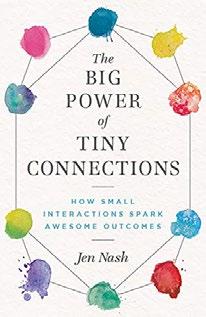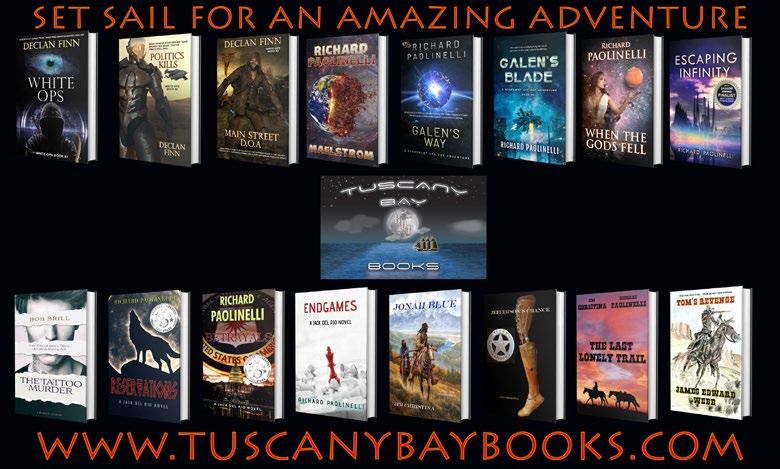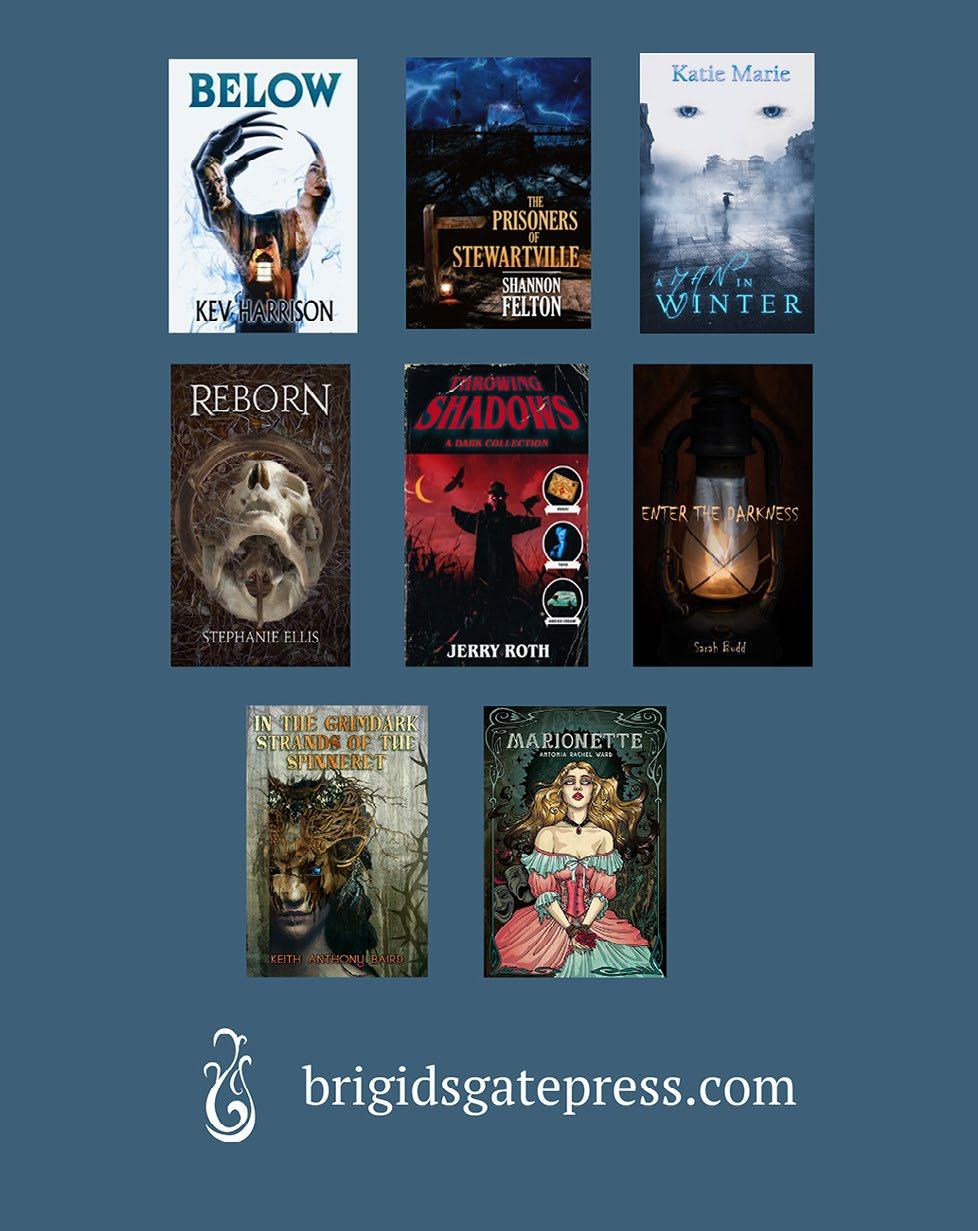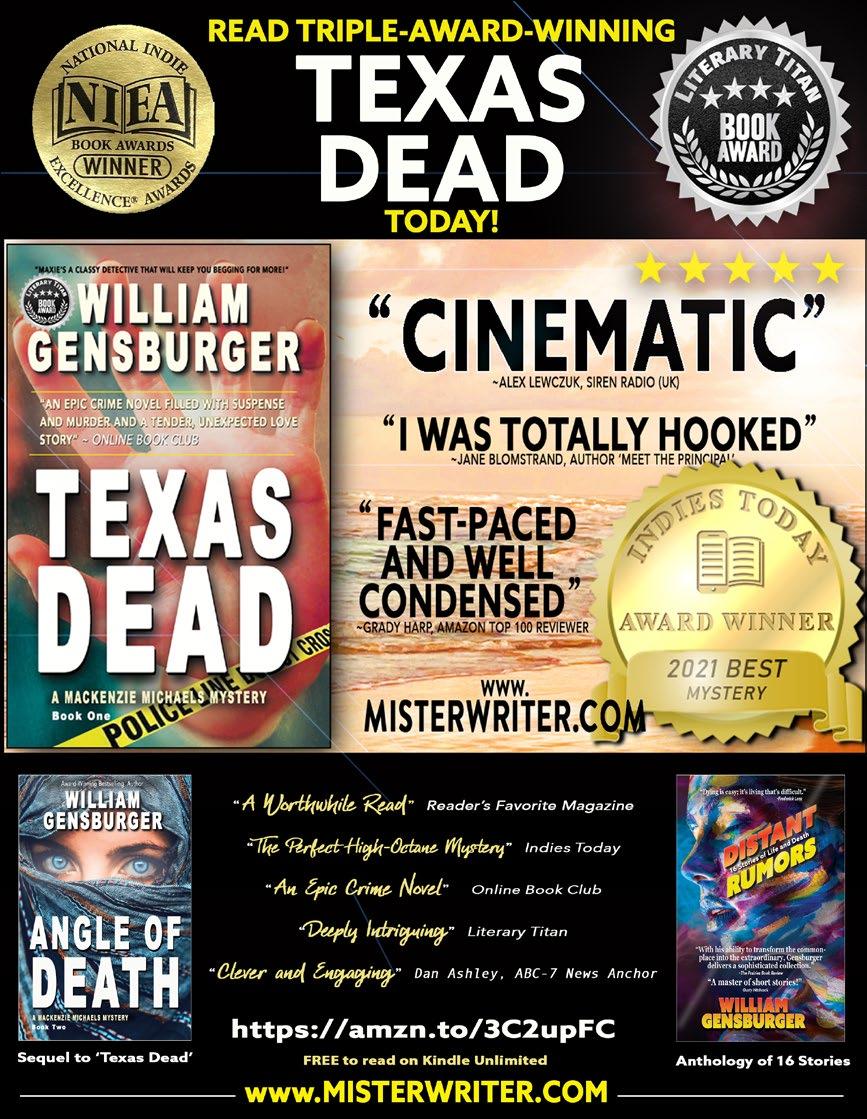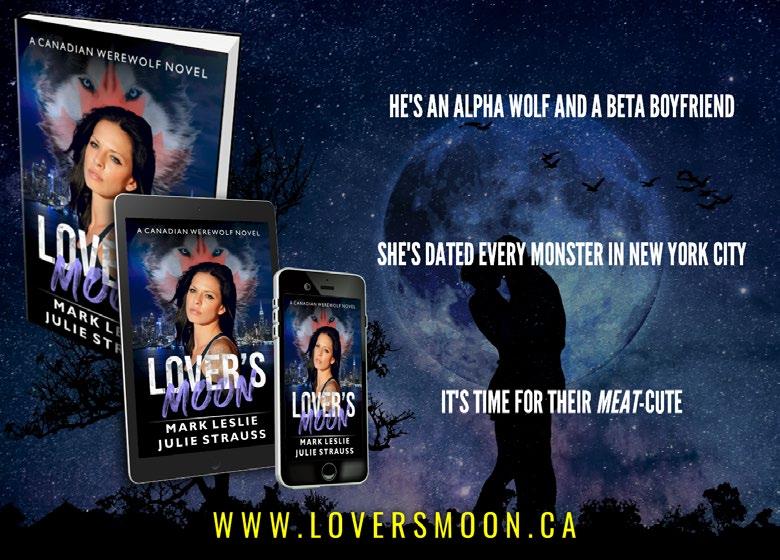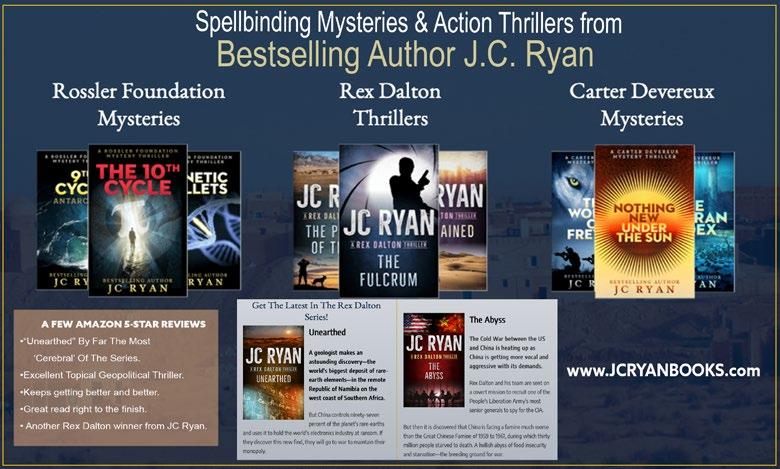
8 minute read
JEN NASH Coaching & Writing
A CONVERSATION WITH...
Jen Nash
Advertisement
As a Connector in Chief, she helps people and companies add more meaning to their lives through connection. She is a master story-telling facilitator, a connection-focused keynote speaker, a sought-after executive coach, and the author of the book: The Big Power of Tiny Connections— How Small Interactions Spark Awesome Outcomes.
B&P: You are an author, a corporate trainer and executive coach. Those seems like great qualities authors need to keep themselves on track and grounded. How do you balance those elements against just being yourself?
JN:: I probably don’t do as good a job of having “personal Jen” and “work Jen” as I should. In fact, I’ll admit that when I have friends or non-coachee clients who are struggling with something— it does occasionally get tempting to slide into a coaching mindset. Why not? Everyone needs people around them asking great questions, reframing what they are going through and just get really curious about all the possible outcomes. However sometimes I also suggest that these friends book a coaching session with me, so they can see what it’s like to spend time with a coach. I have some clients I’ve known for a decade as friends, and because I take the difference between church and state so seriously, it works. By that I mean we’ll only talk about them during their session, but we’ll have friendly chatter after a session or at another point in time so we can stay in the loop of each other’s lives.
B&P: How did you find your way into coaching and training?
JN: I went through a few really challenging experiences in the past decade that lead me to mentoring, coaching and training. First while I was working at one of the biggest ad agencies in the world, there was an error with my hourly rate, and I didn’t catch it for about seven months. Not surprising since no one gets pay stubs anymore. When I went to bat for myself with HR and payroll, I was pretty shocked at how uncomfortable it was talking about this mistake. They were nonplussed about the whole thing, but I just wanted to be sick. As a result, I started the MoneyInstigator.com brand and started mentoring women around self-worth and financial negotiations.
Then a few years later I went through a personal and professional challenge that threw my world into total chaos. I ended up hiring Bill Carmody who is an ICF Certified executive coach and over the course of a year and
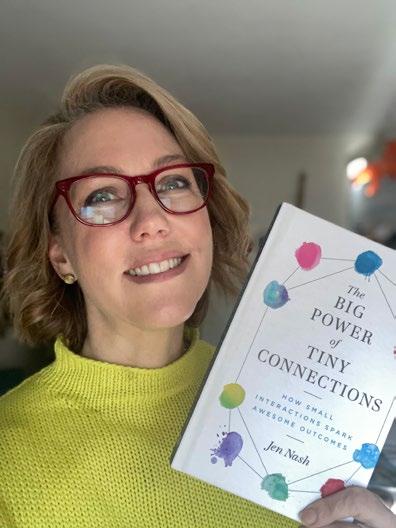
a half, I totally overhauled my world. That would never have happened without the partnership and clarity I got working with Bill. In that time period I leaned into what I was good at, became an ICF certified coach so I could coach high-performing women who are pivoting in their lives. As for training, I love working with teams and shifting their approach away from selling and into connection focused problem solving. As a master connector and storyteller, it brings me a ton of joy to inspire groups to lean into their potential and adjust their skills in ways that will truly benefit them for their whole lives.
B&P: What is the weakest trait most people have when it comes to personal development/fulfillment post-Covid?
JN: During Covid we all got used to not going out. We got used to just doing stuff on Zoom events. To living our “vida-loca” in drawstring pajama pants that are so cozy — we never want to take them off. Only problem is now that we’re back in the swing of things, we’re still all addicted to that very-belly-comfortable-life. We’re habituated to not going out. To not connecting with our bosses, our coworkers, with our community. I’m totally guilty of this but more recently I’ve also really been trying to fight the urge to stay in. It’s hard to push ourselves to go to events, and even organize them, but connecting with people is the number one thing we can do to promote ourselves, our ideas, our books and our wellbeing. I truly believe connection is critical and putting it off hampers our personal development in every way.
B&P: Your book is “The Big Power of Tiny Connections — How Small interactions Spark Awesome Outcomes.” Could you explain how it could benefit creative types, such as other authors?
JN: How you choose to publish your book is a huge process. Are you going to self-publish? Go the hybrid route with a reputable company like halopublishing.com? Work to get an agent so you can go the traditional publishing route? When deciding which route to go, most of us connect with our network, our friends and family as well as research. Plus, if you’re going to the book agent route you’re going to need to connect with as many people in the publishing world as possible. But how do you do that when you don’t anyone? You rely on your network to know someone.
My book is not only a fun read, packed with stories about how small, seemingly irrelevant moments change the course of lives —but it’s also got a robust “how to” section. I get practical. I even craft follow-up emails for my readers because people struggle so much to follow up, I wanted to make it feel more doable. My book design was something I took very seriously so that creative types would feel the books was a fun, snappy read. I didn’t want it to feel like an overwhelming or “hard” ask. People are already scared enough about networking, I wanted to make it feel more approachable and worthwhile, not less so.
B&P: You advocate ‘Shake things up emotionally and support great employee satisfaction.’ This is a difficult concept for many employers where productivity is the driving force. How do you convince them otherwise?
JN: According to a survey by Globoforce done for Workplace magazine, 62% of people would reject another job offer if they had more than five friends at their current job, and that number rises to over 70% for those with more than six friends at work. So helping your employees get connected on all the levels really pays off. Not sure of what I’m saying? According to Gallup, the cost of replacing an individual employee can range from one-half to two times that employee’s annual salary, which many say is a conservative estimate. That means that an organization employing 100 people where the average salary is $50,000 would have replacement costs of about $660,000 to $2.6 million per year. So the choice is clear. Get your teams connecting emotionally or get prepared to spend.
B&P: Was writing the book difficult? What were your best and worst moments?
JN: I worked with the amazing team at AuthorsWhoLead.com which was a six-month program. When we finally got down to writing the bones of the book, we had 4 weeks and it was all consuming. It was in the middle of covid, it was early fall, and I decided to commit to writing 1600-1800 words a day. That may not sound like a lot, but it took on average 4-6 hours. Getting the world to leave you alone and also committing to that kind of dedicated focus six days a week for four weeks was a pretty large adjustment. My advice? Know in advance that your partner and kids won’t appreciate your focus. You household chores won’t appreciate that schedule. Your work won’t tolerate that kind of focus. But if you’re going to get this done, it’s either commit hard, or drag it out for a few months and commit to a schedule that will work for you.
As for best and worst moments? Well, the best moments for me were probably re-writing the entire book which I did 5 months after I finished the initial draft. Watching the book take a more evolved format and get smarter, more interesting was really fun for me. I’m so appreciative of my developmental editor Ann Maynard. She rocked. And the worst moments? The worst moments are certainly having to
deal with unhappy partners or friends who feel like your writing is creating a wedge in your relationship. In the future I’ll do a better job of managing expectations I suspect. Or just escape to a writer’s lodge!
B&P: What’s the biggest thing you’ve learned from being a published author?
JN: Ohhhhh… great question. Thank you for asking that. I’ve learned a ton but if I had to pick one insight? I’d say that book still matter. They still impress people. Books support your brand, your messaging and that people love to see your book doing well, and will ask you about it all the time. if you don’t want to hear the question: “How’s your book doing?” be sure to publish multiple. I’m certainly hoping to write another one very soon.
B&P: Where do you see employment and the economy heading as we enter difficult times, or will the “Great Resignation” continue?
JN: I can’t comment on employment or the economy as I left my crystal ball in the taxi last night, but I would suggest all companies prioritize taking the time to find out best to support your employee’s career trajectory. Take an interest in their hopes and dreams. Make a plan for progression. Offer leadership more support. I’m shocked by how many C-Suite leaders don’t have coaches supporting them. Leaders do a better job when they are have sounding boards and they can brainstorm, reflect, and plan in a safe unbiased space. Plus coaching is a business expense and as such is a tax write off, so I really consider executive coaches a must for progressive leaders to want to have a greater impact on their company, their lives, and the world at large.
Learn more about Jen Nash and what she can do at: https://www. jennash.com/about You can buy her book HERE: https:// amzn.to/3sBXYKd
